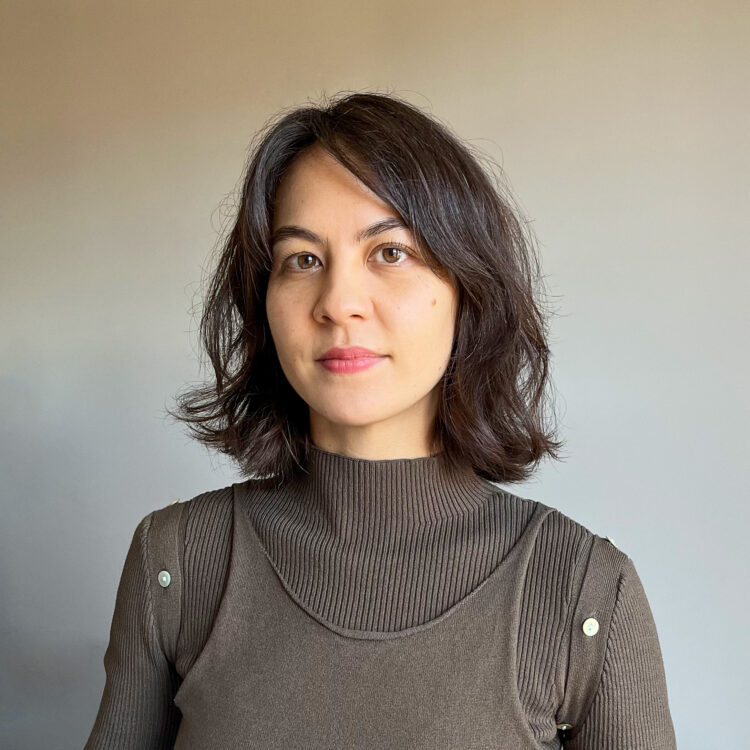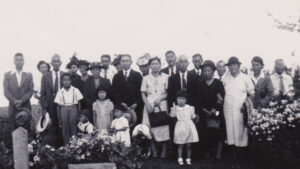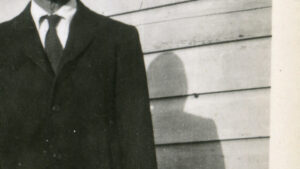
A.S.M. Kobayashi
Brooklyn, New York
A.S.M. Kobayashi received the Creative Capital Award in 2024. Kobayashi is an award-winning interdisciplinary artist whose hybrid, interactive work mixes documentary and fiction through video, performance, installation, and illustration. Her critically acclaimed performance, “Say Something Bunny!” based on found audio recordings was heralded as “the best new theater experience in town” by Vogue, and was a NYTimes critics’ pick. Additionally, “SSB!” was listed in Time Out’s 2017 top ten productions and BOMB’s Best of Performance in 2018. Kobayashi has received nominations for a 2018 Drama Desk award and 2019 United Solo Special Award and is the recipient of the 2006 TSV Artistic Vision Award. Her video work has been exhibited internationally at museums and film festivals. She was a fellow at Yaddo and MacDowell, and a guest artist at the 2008 Flaherty Film Seminar. Kobayashi is the founding art director of the documentary journal World Records. Currently, she is based in Brooklyn and is the Director of Special Projects at UnionDocs, Center for Documentary Art where she collaborated on Living Los Sures, described as “one of the most comprehensive, incredible, and in-depth interactive projects that we at the film society have ever seen” by NYFF.






Electric Neon Clock
A.S.M. Kobayashi is a Canadian interdisciplinary artist who transforms mundane, found objects into layered narratives that explore the rich and complex worlds of ordinary people.
Artist BioSimilarly to the U.S., Canada forcibly incarcerated and dispossessed thousands of Canadian citizens of Japanese heritage, relocating them to internment camps, or in the case of Kobayashi’s family, a sugar beet work farm in the Canadian Prairies. After accessing the 119 page custodial file of her great-grandfather, Kobayashi discovered the case files of her relatives, their friends, and a wider community of displaced people of Japanese descent. These historical documents detail inventories of their homes and fishing business, contain government correspondence, internal memos, and court transcripts hastily recorded during the 1948 inquiry into war mismanagement known as the Bird Commission. All adults named in the original documents have died, leaving their now elderly children as the only first-person accounts of this period. Their old age has blurred childhood memories, leaving the custodial file as the most enduring testimony of Kobayashi’s family from this period. Electric Neon Clock asks, how can the artist liberate forensic practices and state records to undermine their original intention and use them to reconstruct the community and families they were designed to dismantle? Relying on her family’s custodial file as a guide, Kobayashi will adapt this textual record into a feature length live documentary detailing her family’s experience. Using video, sound, intimate family interviews and performances, a substantial photo archive, and the innovative format of a live auction, Kobayashi welcomes audiences to delve into her family’s file, encouraging participation in accessing the inventory’s value to interprete and humanize its contents.





